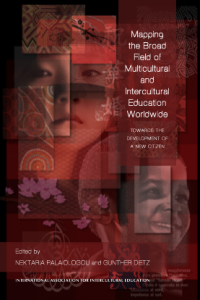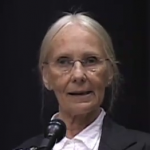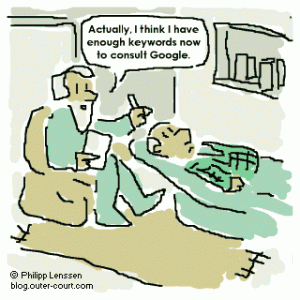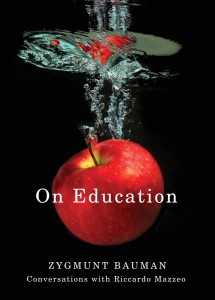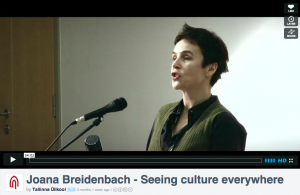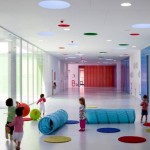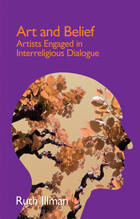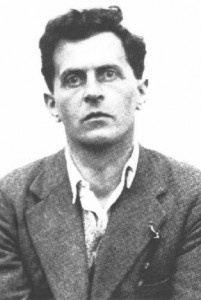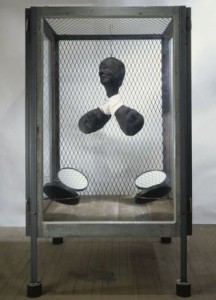Mapping the Broad Field of Multicultural and Intercultural Education Worldwide: Towards the Development of a New Citizen
Editor: Nektaria Palaiologou and Gunther Dietz
Date Of Publication: Sep 2012
Isbn13: 978-1-4438-4031-6
Isbn: 1-4438-4031-9
The issues which are discussed in the 29 chapters of this volume address core matters with respect to modern diverse societies. The most important relate to the following: the societal needs of migrant populations and the educational needs of their children; the exclusivist policies which usually impact upon migrant groups; the need to enrich school texts and curricula with new intercultural and citizenship dimensions; the importance of integrating the notion of Paideia within the school ethos and educational programmes.
Unni Wikan In Honor of Fadime
Online talk available HERE
The Role of Participants in Education Research Ethics, Epistemologies, and Methods
The Role of Participants in Education Research
Ethics, Epistemologies, and Methods
Edited by Warren Midgley, Patrick Alan Danaher, Margaret Baguley
To Be Published November 8th 2012 by Routledge – 272 pages
Series: Routledge Research in Education
Zygmunt Bauman on Education
What is the role of education in a world where we no longer have a clear vision of the future and where the idea of a single, universal model of humanity seems like the residue of a bygone age? What role should educators play in a world where young people find themselves faced with deep uncertainty about their future, where the prospects of securing a stable, long-term career seem increasingly remote and where intensified population movements have created more diverse communities in which different cultures find themselves living side by side, no longer bound together by the belief that the other would eventually be assimilated into ‘our’ culture?
Faced with the bewildering features of our liquid modern world, many young people are inclined to withdraw – in some cases into the online world of games and virtual relationships, in other cases into anorexia, depression, alcohol or even drug abuse, hoping to find shelter from a world perceived as more and more dangerous. Others launch into more violent forms of behaviour, like street gangs and the looting carried out by young people who have been excluded from the temples of consumption but are eager to participate in the ceremony. And all this happens while our politicians look on, uncomprehending and indifferent.
In this short book Zygmunt Bauman – the leading social theorist of our liquid modern world, here in conversation with Riccardo Mazzeo – reflects on the predicament of young people today and on the role of education and the educator in a world where the certainties of our predecessors can no longer be taken for granted.
Multicultural and Intercultural Education in Finland and elsewhere: (How) do they differ?
INTERACTION IN EDUCATIONAL RESEARCH
THE FINNISH EDUCATIONAL RESEARCH ASSOCIATION (FERA)
CONFERENCE ON EDUCATION, HELSINKI 22.-23.11.2012
The Finnish Educational Research Association (FERA) conference is an indispensable occasion for scholars and practitioners interested in education and learning. The conference aims at creating a forum on themes related to interaction in educational research in Finland and elsewhere. In 2012, the FERA Conference on Education serves also the international audience better than earlier, as the conference now welcomes interest groups and presentations besides in Finnish also in Swedish and English.
Interaction is an essential part of any education and schooling, teaching and learning. The conference organizing committee welcomes presentations and interest groups that approach interaction in education, teaching and learning from a wide range of perspectives. Research on interaction, expressed through words, body movements or technology, can be conducted in different learning environments. The structures, processes, roles, identities and positions of educational, teaching and learning interaction are diverse. The ever varying situations create multiple challenges and
possibilities; in encountering people as individuals, including intercultural communication. Educational fields are thus understood in a wider sense, from the perspective of the omnipresence of learning.
For more information, see: https://blogs.helsinki.fi/feraconference2012/
Multicultural and Intercultural Education in Finland and elsewhere: (How) do they differ?
Multicultural and Intercultural Education have been on offer on the “education market” for quite some time now. Sometimes these terms are used interchangeably, sometimes they are differentiated. In 2012, is it still worth opposing them (intercultural = Europe, multicultural = the USA) while they could be used as companions to help educators to work with their diverse learners (‘us’ + ‘them’)? (How) do they differ? This session focuses on what both intercultural and multicultural education can bring to education in our times of accelerated globalization. How can they be used in teacher education, basic and compulsory education but also beyond to create more opportunities for enriching and non-discriminating intercultural interaction in education?
About language use during the session: English and Finnish can be used. We want to make sure that everybody understands the presentations and discussions. If your presentation is in Finnish, there should be some supporting text in English (ppt). The discussion will be facilitated in both languages.
Coordinators:
Fred Dervin (fred.dervin@helsinki.fi)
Katri Kuukka (katri.kuukka@helsinki.fi)
Martina Paatela-Nieminen (martina.paatela-nieminen@helsinki.fi)
Heini Paavola (heini.paavola@helsinki.fi)
Mirja Talib (mirja.talib@helsinki.fi)
Seeing culture everywhere (Talk)
CFC: Teaching-learning ecologies
Call for chapters
(Deadline for abstracts: 20th September 2012)
TEACHING-LEARNING ECOLOGIES
Spaces and Politics of Education
Editors:
Fred Dervin
University of Helsinki, Finland (multicultural education)
Yasmine Abbas
Research Associate – ENSA Paris-La-Villette, GERPHAU LAVUE 7218
Research Associate – University of Geneva, Institute of Environmental Sciences – Globalization, Urban Planning, Governance
Art and Belief: Artists Engaged in Interreligious Dialogue
Ruth Behar, University of Michigan
Art and Belief explores communication between faiths through an examination of contemporary artistic practice. The book discusses how a range of artists – all active in this field – formulate their worldview and what motivates them to engage in dialogue. The artists interviewed include Jordi Savall, Susanne Levin, Marita Liulia, Chokri Mensi, Cecilia Parsberg, and Eric-Emmanuel Schmitt. Together, these artists are engaged in a wide range of artistic forms and practice and come to dialogue from diverse religious positions. The aim of the book is to question the assumption of interreligious dialogue as a largely intellectual exercise in defining the religious “other” and to explore dialogue as a manifestation of interpersonal ethics.
Unobserved performance
“Nothing could be more remarkable than seeing a man who thinks he is unobserved performing some quite simple everyday activity. Let us imagine a theatre; the curtain goes up and we see a man alone in a room, walking up and down, lighting a cigarette, sitting down, etc. so that suddenly we are observing a human being from outside in a way that ordinarily we can never observe ourselves; it would be like watching a chapter of biography with our own eyes, – surely this would be uncanny and wonderful at the same time. We should be observing something more wonderful than anything a playwright could arrange to be acted or spoken on the stage: life itself. – But then we do see this every day without its making the slightest impression on us! True enough, but we do not see it from that point of view” (Wittgenstein, 2002)
When culture becomes an agent…
“Jürgen Schrempp, chairman of Daimler Chrysler, comes into the company’s « War Room » in Stuttgart, the department that assembles and analyses strategic information for the corporation. « I need something about Shintoism and Hinduism and how they get along », he says to an analystist. Within an hour the team has come up with the relevant information from its huge database. It takes another hour to prepare in its graphic form. They are ready to brief Schrempp. The most important tenets of both religious and their relationship to each other are projected onto the screens of the « war room ». Schrempp looks satisfied. The team leader asks what he needs the information for. « I’ve been thinking about sending a Japanese factory manager to plant in India », he replies, « but now I know that I’d better drop the plan ». The briefing convinces him that « Shinto culture » and « Hindu culture » do not go together.
(Breidenbach & Nyíri 2009: 262)

